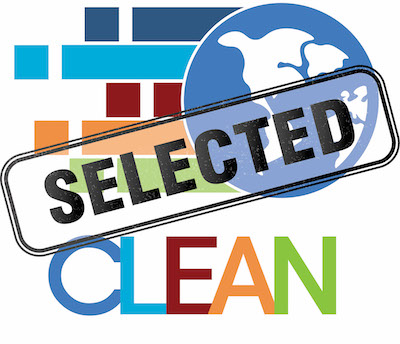Stories are an important way that people learn, and it is especially important throughout many Alaska Native cultures. Good stories are interesting and teach a lesson about life. Energy and climate change education has also shown to be most effective when told as stories, not through facts and figures. Consider a story of someone you know, or maybe your own, who has been impacted by the changing climate. That is probably easier to remember than the exact concentration of CO2 in the atmosphere or how many tons of carbon are released from driving a car for a year.
Additionally, participating in the story is a great way to engage all audiences, but especially younger learners who have a lot of energy of their own to burn. In this lesson, students act out the “stories” of coal, wind, and firewood. They are encouraged to be creative with the props and acting to make the story their own.
We use energy for heating, electricity, transportation, and food, but how we generate that energy varies from community to community. For example, in Kongiganak in Southwestern Alaska, they use diesel and wind to produce electricity and mostly fuel oil for their heating. Their fuel oil is quite expensive, as in many rural communities, so the village worked together to install electric thermal stoves which are much more efficient than electric resistant heating and much less expensive to use than fuel oil. When there is more electrical generation than what the community needs, a portion of the excess power is sent to heat bricks inside the stoves. They then release that heat over time. So, not only are the wind turbines reducing fossil fuel use, they are saving the residents on heating too. Learn more about the system in the links in Additional Resources.
Almost all of this energy we use (except geothermal and nuclear) comes from the Sun. However, how this energy is transformed for human use and how humans choose to use the energy will vary. The AK EnergySmart lesson “Energy from the Sun” describes many of the transformations. As you read through this activity, consider a story of your own you can share, and if you have suggestions for improvement on the script, send it our way!
